🔋 Digital Blackout? Critical Minerals Shortfall Threatens Tech-Driven Lifestyles
Published on June 18, 2025 by Krishna Pathak

Why It Matters
Critical minerals are at the heart of the clean energy future. Electric vehicles (EVs), solar panels, and energy storage need these minerals to work. For example, lithium is used in EV batteries. Rare earth elements help make magnets for wind turbines. Without these materials, clean technology would not be possible. But there’s more. These minerals are also used in everyday items like phones, laptops, and TVs. Even airplanes and satellites use them. So, if we run short on critical minerals, it could hurt technology, business, and jobs. That’s why governments, industries, and scientists are working hard to secure a steady supply. It’s not just about mining more. It’s about building stronger and safer supply chains.
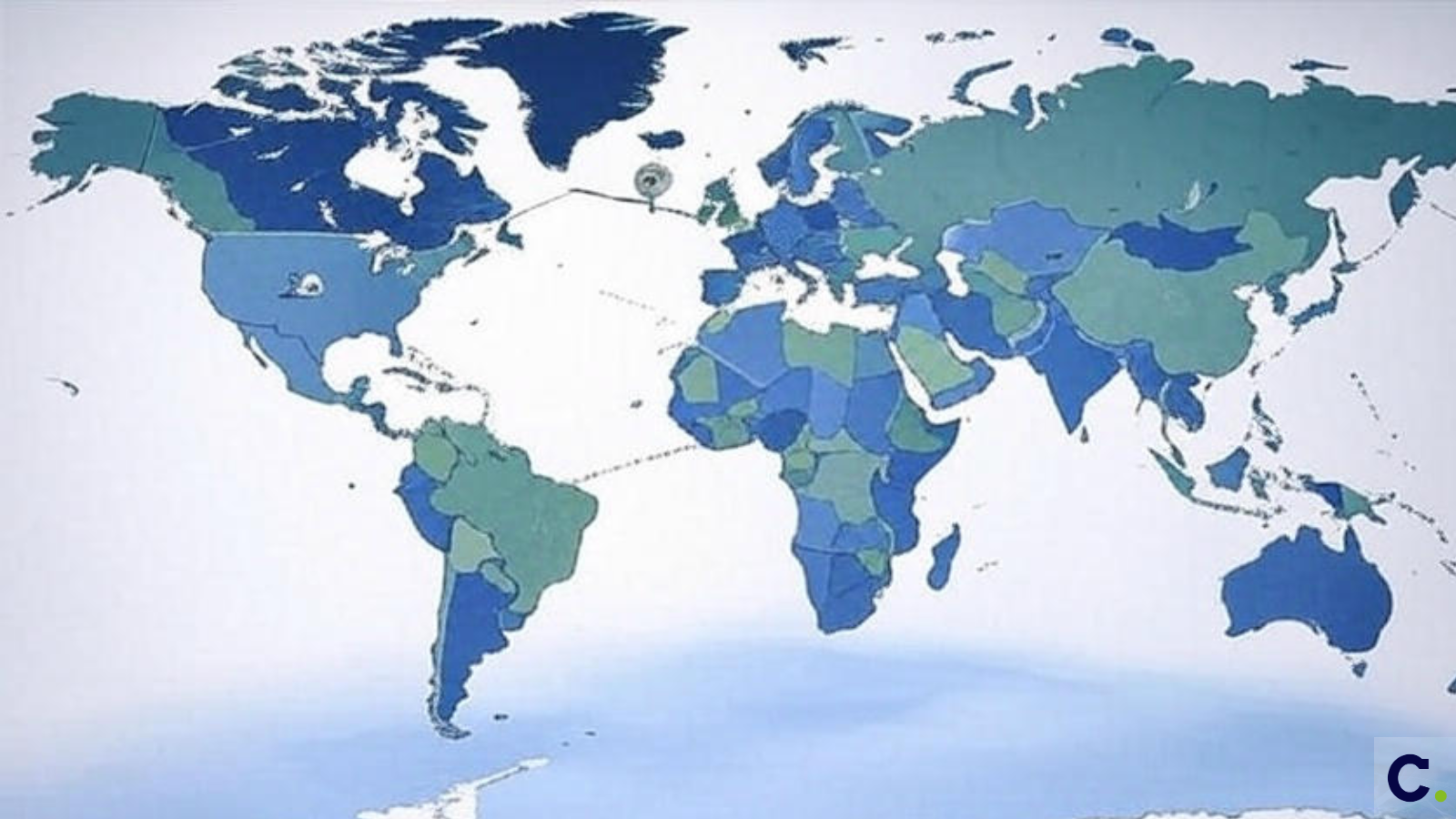
Current Global Trends
Across the globe, the demand for critical minerals is rising fast. The clean energy boom is one major reason. As countries push for electric cars and solar power, they need more minerals than ever before. For instance, demand for lithium tripled in just a few years. China plays a huge role in this space. It controls much of the world’s rare earth processing. This gives China a big advantage. Other countries are now trying to catch up. The United States, Canada, Australia, and European nations are investing heavily to mine and process their own critical minerals. Another big trend is recycling. Some companies now reuse old batteries to extract minerals. This helps reduce the need for new mining and supports a circular economy. Visit www.cleantechtimes.com for more
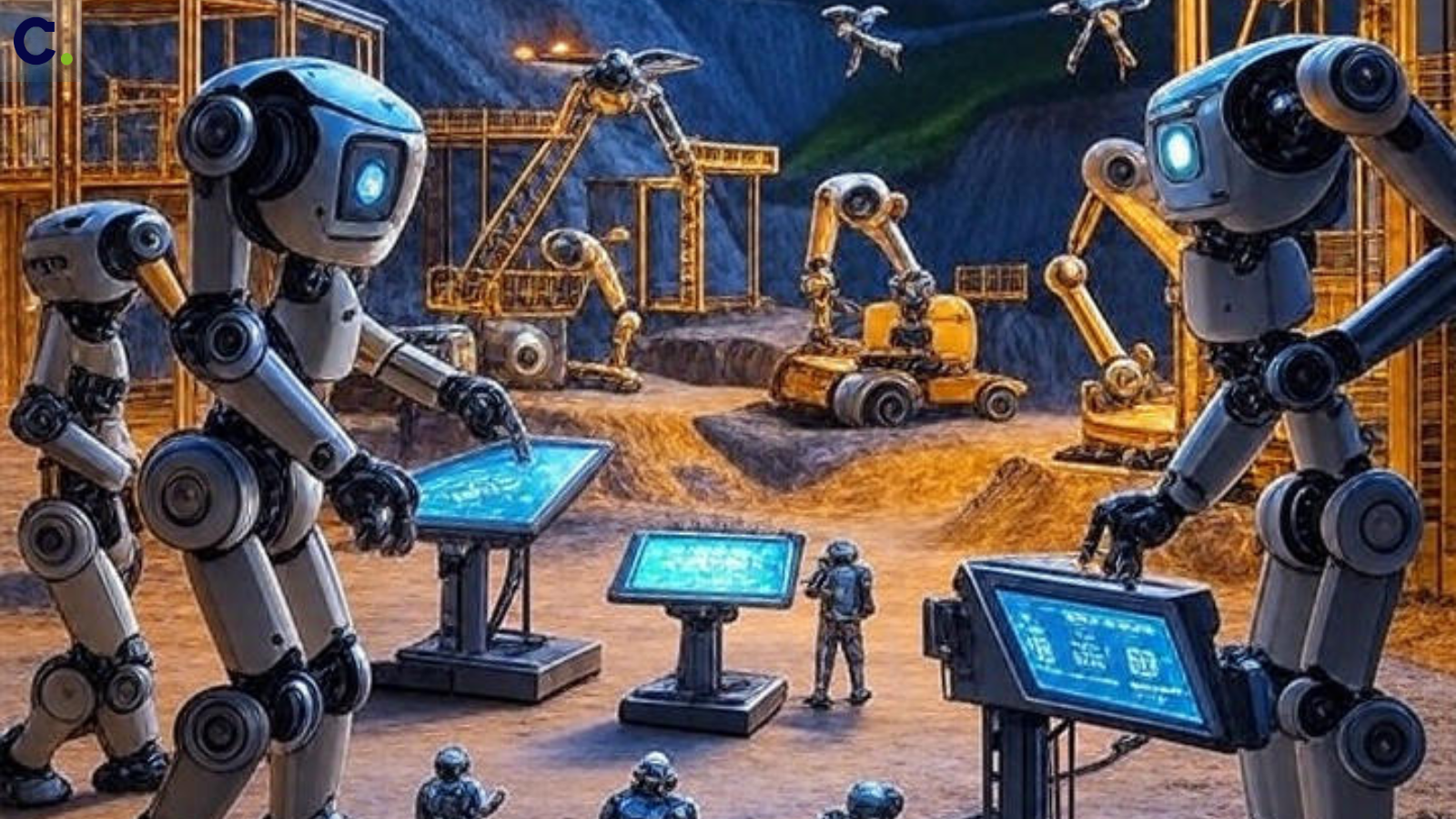
Breakthrough Technologies
New technologies are changing how we find, mine, and use critical minerals. Robots and AI tools are now used to explore underground minerals. These smart tools make it faster and safer to locate hidden deposits. Another major shift is in battery recycling. Special machines can now take apart old batteries and recover important minerals. This helps companies save money and protect the environment. There’s also innovation in mineral processing. New methods use less water and fewer harmful chemicals. This means cleaner, faster ways to get minerals ready for use. Some companies are even working on “green mining,” which lowers pollution and protects nearby land and water.

Top Companies Leading Innovation
Several global companies are leading the charge in critical mineral production and innovation. Big mining firms in Australia, Canada, and Chile focus on lithium, copper, and nickel. These materials are key to electric vehicles and clean energy systems. Battery companies are also investing in mineral research. Some are working directly with mining firms to make sure they get a steady supply. Tech firms that make smartphones and laptops are also joining this effort. In some places, car makers are signing deals with mines. This helps them get the minerals they need for electric car batteries. By working together, these companies help make supply chains stronger and more reliable. Read More About Critical Minerals <a href="https://deftechtimes.com/what-are-ukraines-hidden-minerals-and-why/">here</a>
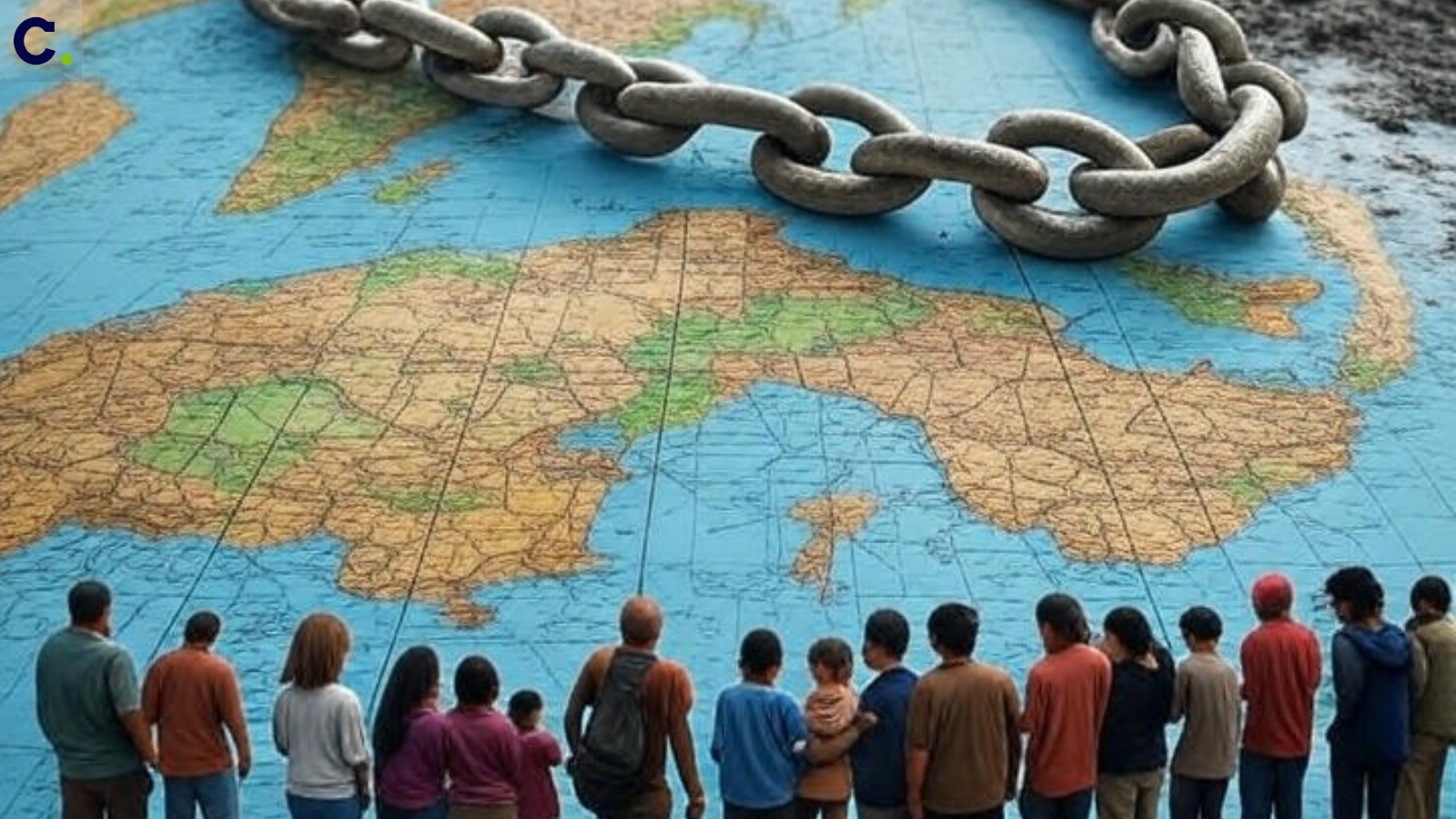
Challenges Faced
Getting critical minerals is not easy. First, mining can harm the environment. It can destroy land, pollute water, and hurt animals. That’s why some communities oppose new mines near their homes. Next, many minerals are found in just a few countries. This can lead to political risks. If one country stops exports or raises prices, it affects the whole world. Another big problem is illegal or unsafe mining. In some places, workers face poor conditions. Some mines even use child labor. This creates serious social and ethical concerns. Also, supply chains are very long and complex. A delay in one step—like shipping or refining—can affect the entire process.

Government Policies or Incentives
Governments around the world are now taking strong action. They want to reduce their dependence on other countries for critical minerals. Some are giving money to companies that explore and mine locally. In the United States, new laws support home-grown mining and battery recycling. Canada has launched its own critical minerals strategy. The European Union is creating stockpiles and faster approval processes for mining projects. Some governments are also making deals with other countries. They are working together to share resources and technology. This way, they build trust and avoid future shortages. Rules are also getting stricter to ensure safe and clean mining. This helps protect people and nature while still growing the mineral supply.
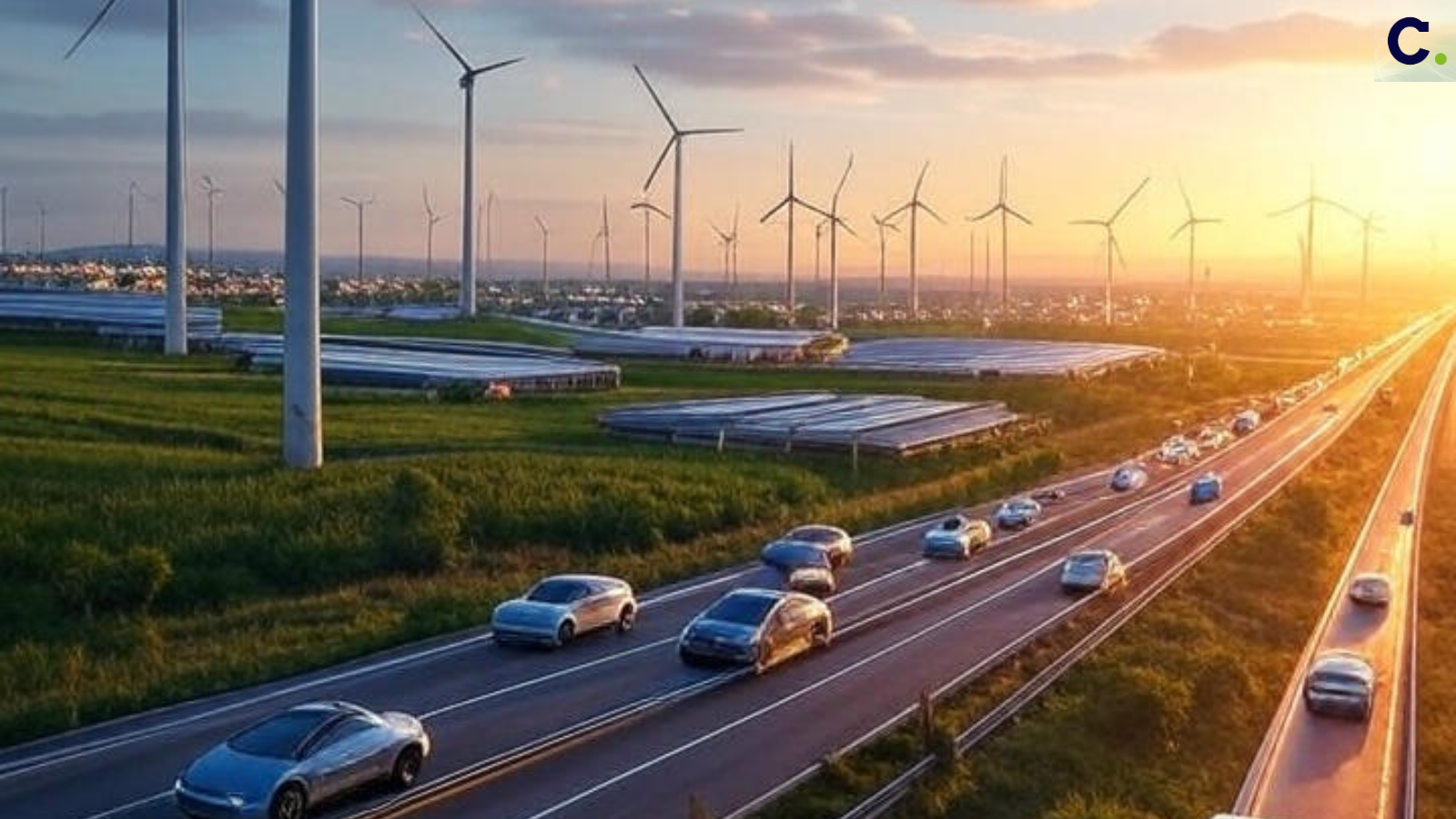
Future Outlook
Experts believe that demand for critical minerals will keep rising. More people want electric cars, solar panels, and smart devices. Each one needs more minerals than older technologies. For example, an electric car battery needs many times more lithium than a regular car engine needs copper. More countries are building their own supply chains. They don’t want to rely on just one or two sources. So, they are investing in mining, recycling, and research. Some cities now have battery recycling centers. These collect old phones and EV batteries to extract useful minerals. This reduces waste and gives materials a second life.

Real-World Applications
Critical minerals touch our lives in many ways. When you use a phone or a laptop, you rely on these minerals. When you ride an electric scooter or car, batteries made with lithium and cobalt power them. Wind turbines that light up homes need magnets made from rare earth elements. Even hospitals use equipment that depends on these minerals. Medical imaging machines and surgical tools often contain special metals. Planes and defense systems also use titanium and rare earths for strength and precision. Smart cities use critical minerals in traffic lights, sensors, and electric buses. Almost everything we use daily—from clean energy to digital devices—needs these tiny but powerful materials.
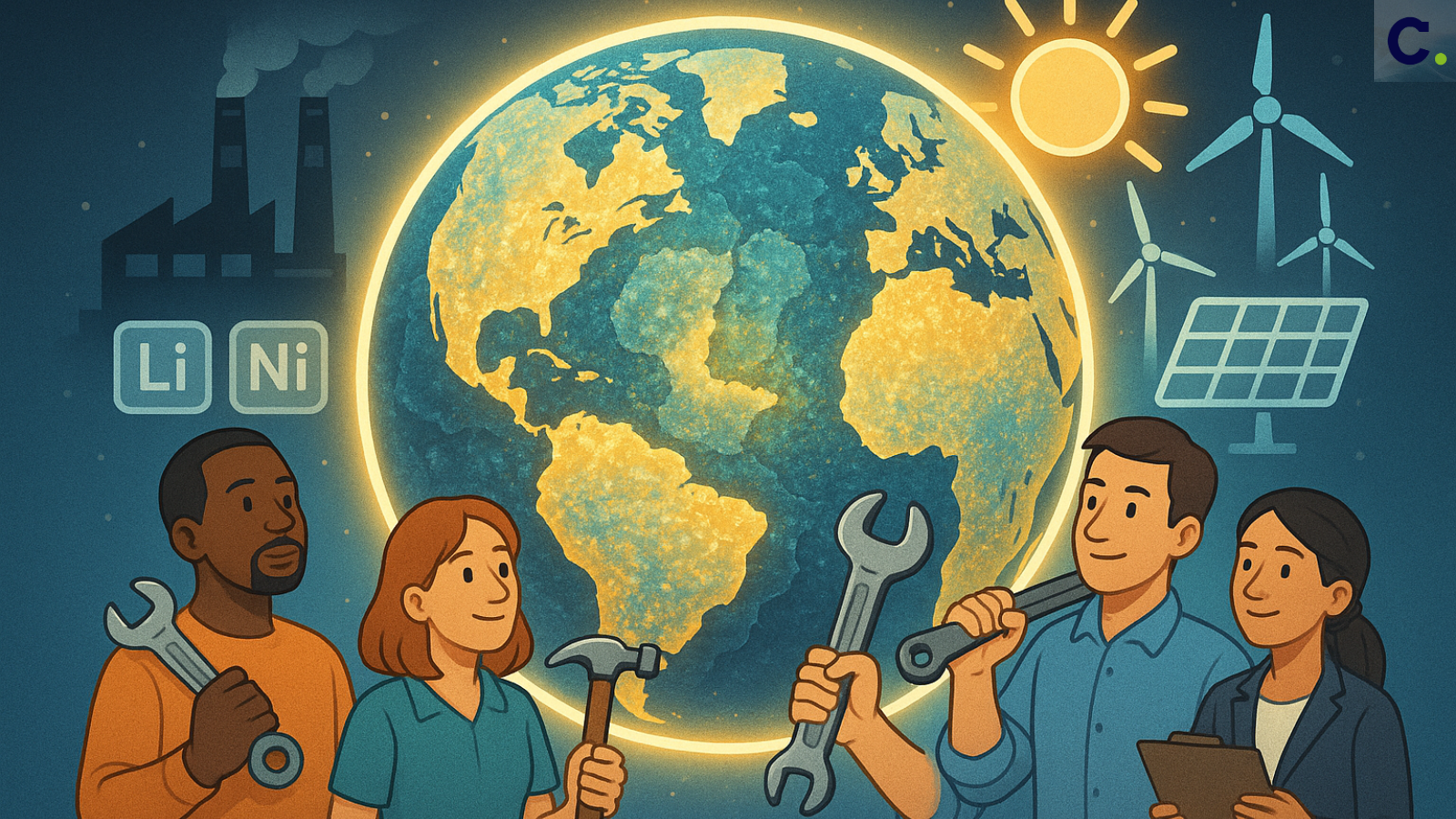
Conclusion & What Lies Ahead
Critical minerals are now at the center of the global economy. They power clean energy, smart devices, and modern transport. But getting them is complex. It involves long supply chains, careful mining, and smart recycling. Right now, countries and companies are racing to secure these minerals. They are building safer supply systems and using better technology. Some face risks, like limited supply or environmental damage. But they continue to look for smarter, fairer ways to meet demand. As our world grows more connected and more digital, these minerals will only grow more important. Every phone call, car ride, and light switch might just depend on them. Stay Tuned with <a href="https://cleantechtimes.com">Cleantechtimes</a>
